Many people have the idea that you must eat animal products to get protein content. While meat and eggs are high in protein, people who do not consume these products (such as vegetarians and vegans) get the necessary protein content from some vegetables.
Although vegetables are rich in carbohydrates, they also contain fat and protein. For example, spinach is known to be a nutrient-dense green leafy vegetable, but there is a surprisingly high amount of protein in spinach.
Find out which are the vegetables with the highest protein content .
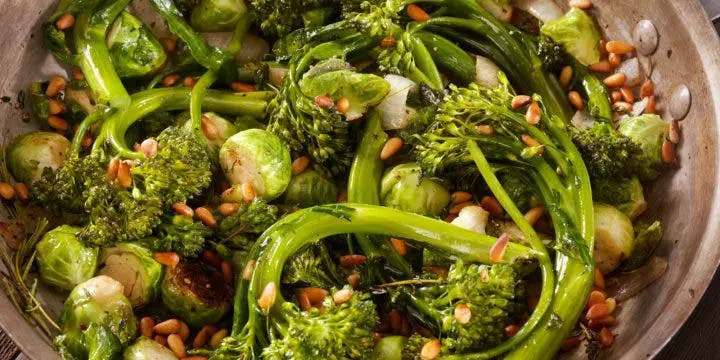
10 vegetables high in protein
1. Watercress
Watercress is a cruciferous plant that grows in water and is high in protein. It contains 100% of your recommended daily intake of vitamin K. It also has good amounts of B vitamins, calcium, manganese, potassium, vitamin A and vitamin C. It also contains antioxidant properties.
Avoid boiling watercress in water , as this will decrease the antioxidant content. Instead, try eating the watercress raw in salads. You can also use it as a filling in sandwiches or mix it in smoothies.
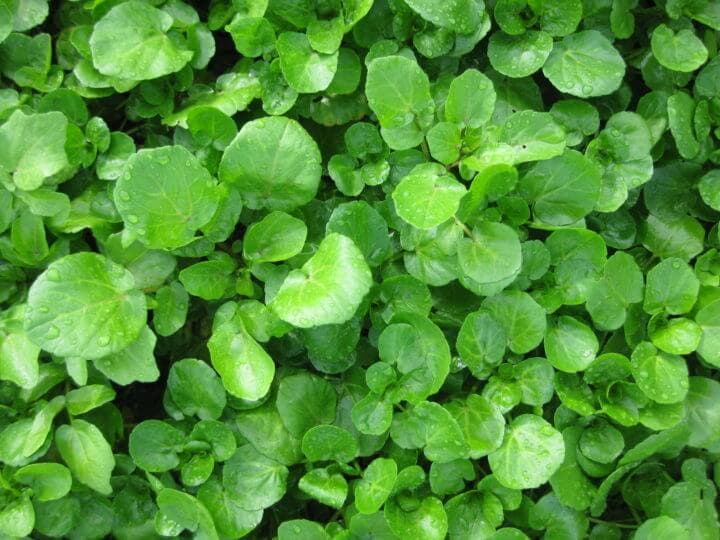
2. Broccoli
Broccoli is another cruciferous vegetable that can be eaten raw or cooked. It’s packed with vitamins and minerals, and there’s quite a bit of protein in broccoli, too.
According to the United States Department of Agriculture, the amount of protein in broccoli is as follows:
- 3.7 grams per 1 cup
- 2.4 grams per 100 grams
- 13.6 grams per 200 calorie serving
A cup of cooked broccoli also contains 5.1 grams of fiber and more than 100% of your recommended daily intake of vitamin C and vitamin K.
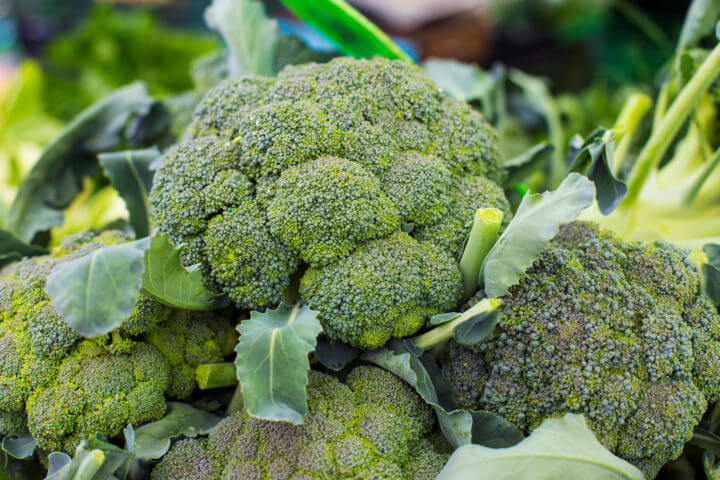
3. Alfalfa sprouts
Alfalfa sprouts are very low in calories, but rich in nutrients. This vegetable also has good amounts of folic acid, B vitamins, iron, magnesium, phosphorus, zinc, copper, and vitamins K and C.
The amount of protein in alfalfa is as follows:
- 1.3 grams per 1 cup
- 4 grams per 100 grams
Animal studies have shown that alfalfa sprouts can lower cholesterol levels. This may be due to its high content of saponins , a group of compounds that can lower cholesterol (Story et al., 1984). Another study determined that 15 people with high blood lipid levels, with 40 grams of alfalfa sprouts 3 times a day for 8 weeks had a 17% reduction in total cholesterol and an 18% reduction in “bad” cholesterol (Mölgaard, Von Schenck & Olsson, 1987).
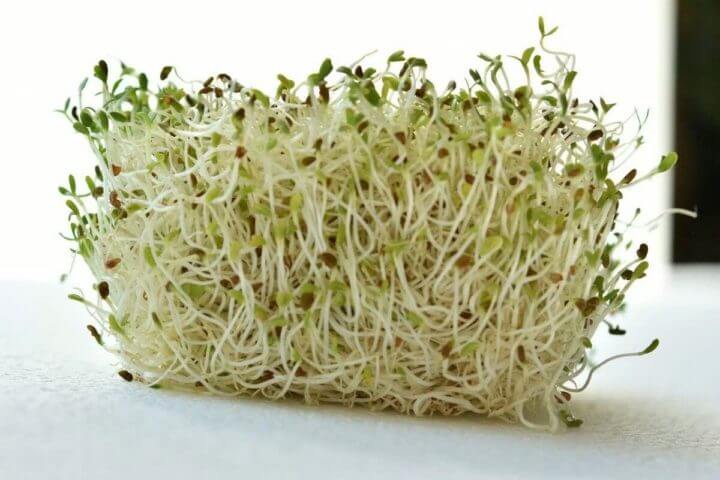
4. Roasted red potatoes
If your diet contains a lot of potatoes and meat, you are actually getting protein from both animal and plant sources.
According to the United States Department of Agriculture, roasted red potatoes contain many proteins :
- 4.5 g for a medium potato
- 2.6 grams per 100 grams
- 5.4 grams per 200 calorie serving
To get the most protein from these potatoes, don’t peel them before eating – the skin of the potatoes contributes to their protein content.

5. Spinach
Spinach is one of the most nutrient dense green leafy vegetables you can eat. Protein represents 30% of your calories and contains all the essential amino acids. It also provides 181% of the recommended daily intake of vitamin K.
The amount of protein in spinach is as follows:
- 1 gram per 1 cup
- 2.9 grams per 100 grams
It also contains high amounts of folic acid, manganese, magnesium, iron, potassium, calcium, vitamin A, and vitamin. In addition, it contains plant compounds that can increase antioxidant defense and reduce inflammation (Bohlooli, Barmaki, Khoshkhahesh and Nakhostin-Roohi, 2015).
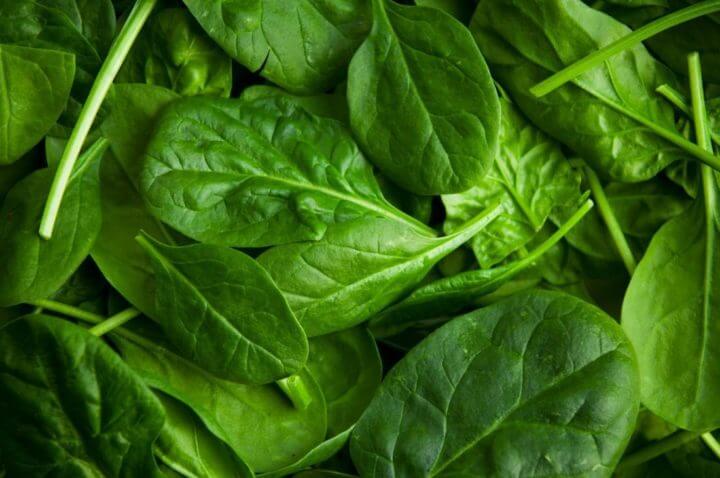
6. Sweet corn
Corn is a staple food in cultures around the world. Some people are allergic to it, but those who are not can take advantage of its high protein content.
According to the United States Department of Agriculture, sweet corn contains the following amounts of protein :
- 3.5g per medium ear
- 3.4 g per 100 grams
- 7.1 grams per 200 calorie serving
Increasing your corn intake in turn contributes to healthy weight gain .
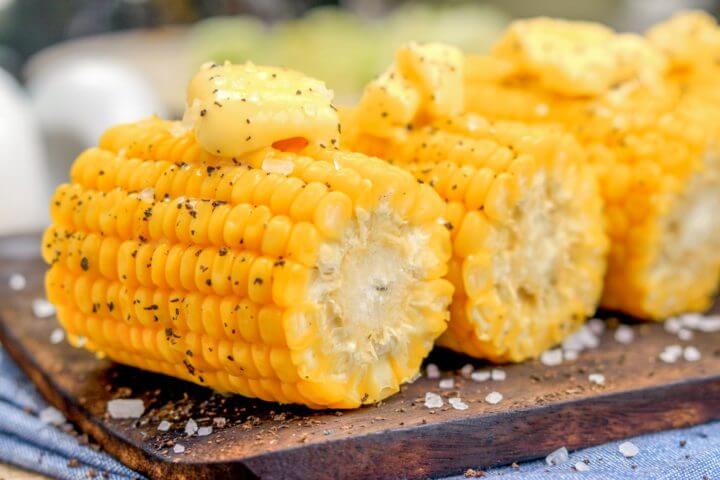
7. Green peas
Boiled green peas are packed with protein, as confirmed by the United States Department of Agriculture. Specifically, green peas have the following amount of protein :
- 8.6 grams per 1 cup
- 5.4 grams per 100 grams
- 12.8 grams per 200 calorie serving
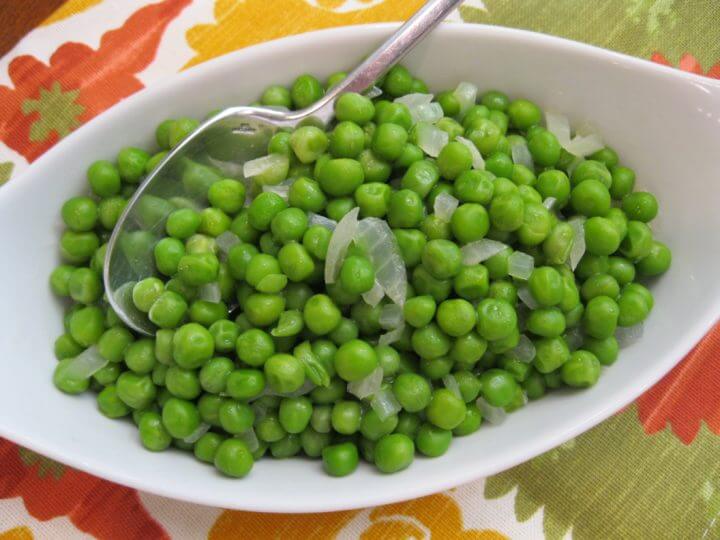
8. Green asparagus
Cooked asparagus is one of many high-protein vegetables . There are many ways to prepare them, but some of the most common methods include roasting, sautéing, and broiling.
The United States Department of Agriculture reports that cooked green asparagus contains the following amount of protein :
- 4.3 grams per 1 cup
- 2.4 grams per 100 grams
- 21.8 grams per 200 calorie serving
White asparagus can also be a good option, although green asparagus is slightly higher in protein.
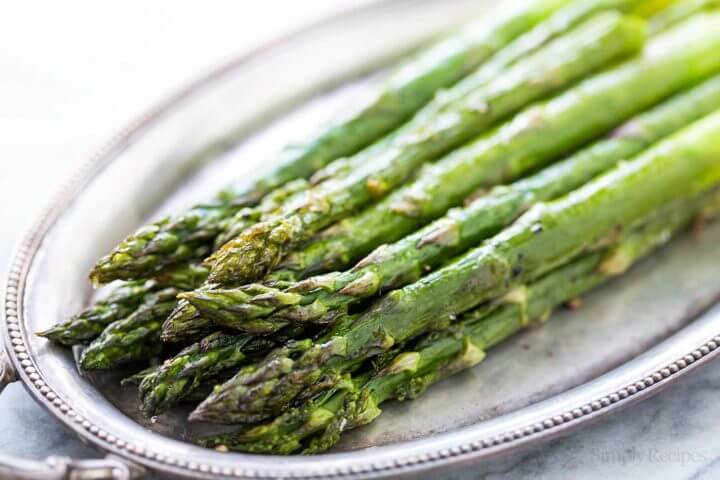
9. Portobello mushrooms
Mushrooms are often grouped under the category of vegetables. Like many other vegetables, they can be eaten cooked or raw. Their shape makes them a great alternative to meat or vegetable burgers.
Grilled portobello mushrooms are packed with protein, as confirmed by the United States Department of Agriculture:
- 4 grams per 1 cup
- 3.3 grams per 100 grams
- 22.6 grams per 200 calorie serving

10. Artichokes
Grilled artichoke hearts are not just a healthy snack, they join the ranks as one of the highest protein veggies.
The “United States Department of Agriculture” reports that the amount of protein in cooked artichokes is as follows:
- 4.8 grams per 1 cup
- 2.9 grams per 100 grams
- 11.3 grams per 200 calorie serving
- 3.5 grams per 1 medium artichoke
Artichokes are also a low calorie and low carbohydrate vegetable, although they are high in fiber.
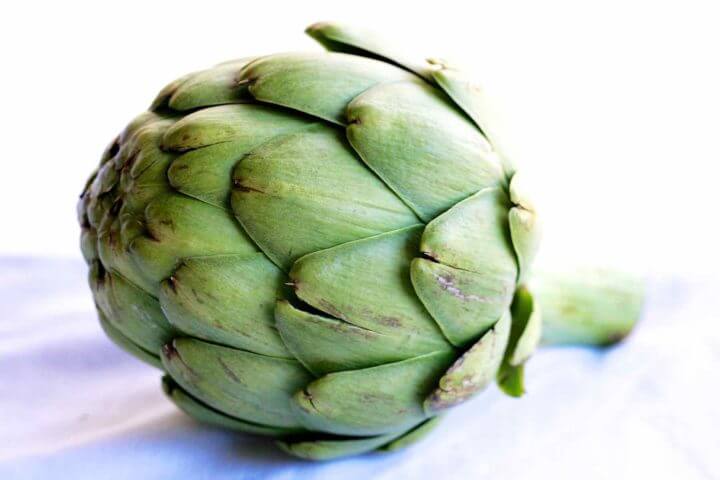
Conclution
Although vegetables are not very high in protein compared to some other foods, many of them contain good amounts of protein relative to their calorie content. Also, these vegetables are high in many other nutrients and have been linked to all kinds of health benefits.
These protein-rich veggies are a great way to increase the protein and nutrient content of your diet without adding too many calories.
References
- Bourassa, L. (2019). Top Ten High-Protein Vegetables. For. Livestrong. [Revised January 2020].
- Semeco, A. (2016). The 10 best vegetables for protein. For. MedicalNewsToday. [Revised January 2020].
- Story, JA, LePage, SL, Petro, MS, West, LG, Cassidy, MM, Lightfoot, FG and Vahouny, GV (1984). Interactions of alfalfa plant and sprout saponins with cholesterol in vitro and in cholesterol-fed rats. The American Journal of Clinical Nutrition. doi: 10.1093 / ajcn / 39.6.917
- Bohlooli, S., Barmaki, S., Khoshkhahesh, F., Nakhostin-Roohi, B. (2015). The effect of spinach supplementation on exercise-induced oxidative stress. The Journal of Sports Medicine and Physical Fitness.
- Mölgaard, J., Von Schenck, H. & Olsson, AG (1987). Alfalfa seeds lower low density lipoprotein cholesterol and apolipoprotein B concentrations in patients with type II hyperlipoproteinemia. Atherosclerosis . doi: 10.1016 / 0021-9150 (87) 90019-0